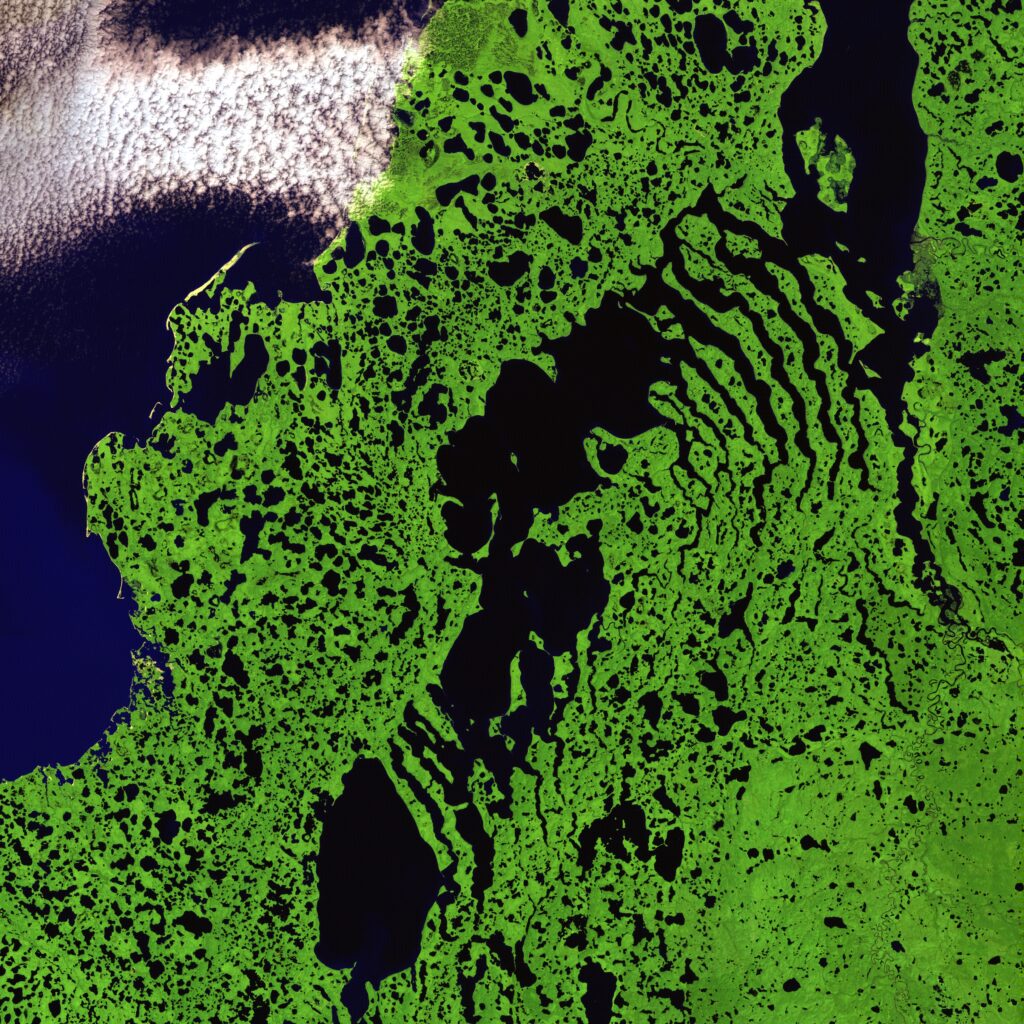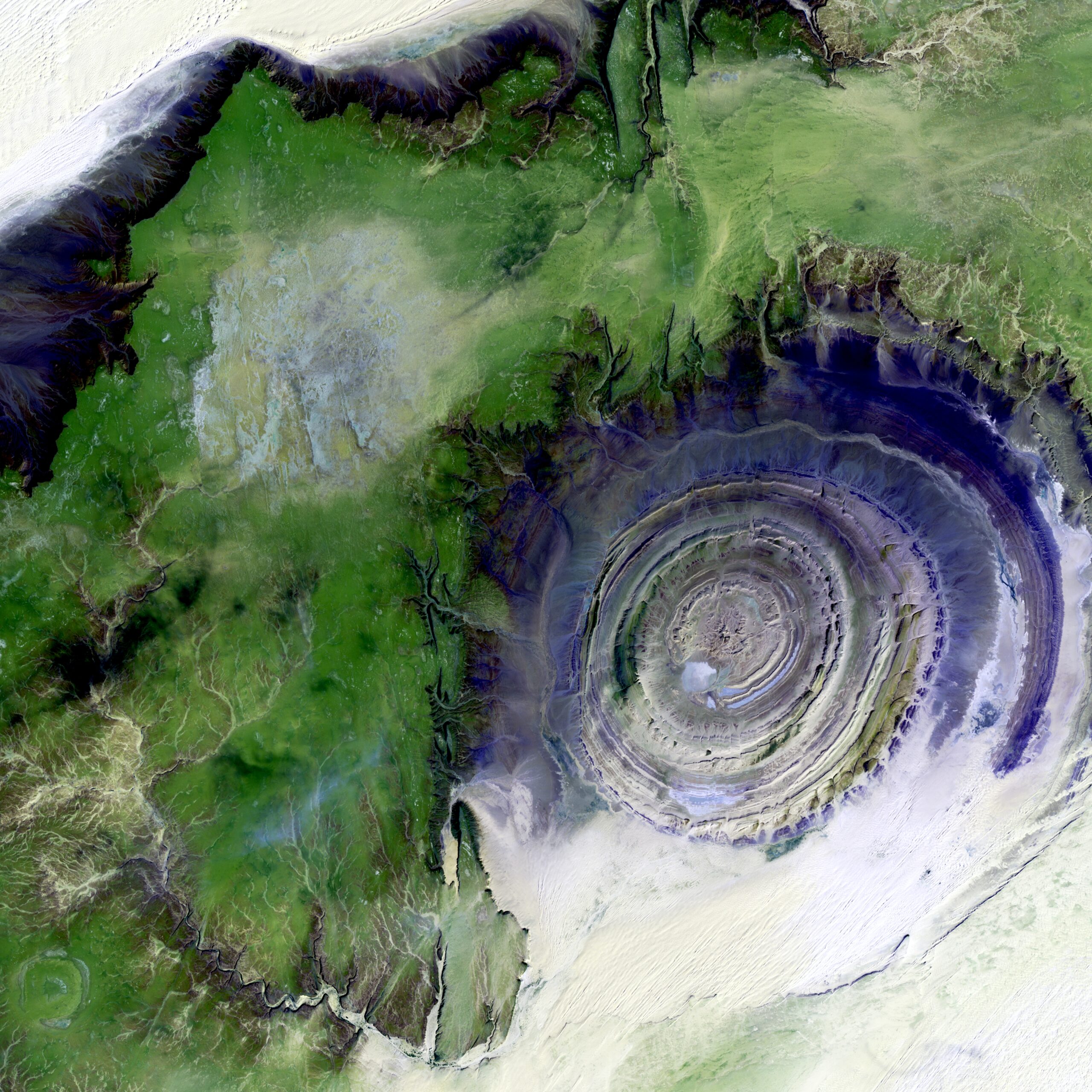“The Kyiv Biennial: A European Festival on War, Democracy, and Solidarity” is a contemporary art show that has struck a chord across Eastern Europe and has now emerged as a prominent event on the European cultural calendar. With its expansion beyond Ukraine’s borders, the biennial has encompassed eight European cities, including Vienna, Berlin, and Antwerp. Featuring the contributions of over 50 artists and collectives from a diverse range of countries such as Ukraine, Poland, Syria, and Colombia, this exhibition aims to bring together the fractured Ukrainian artist community in the aftermath of the war. Supported by the European Union as well as American and European foundations, the biennial delves into Ukraine’s complex Soviet history and explores the profound impact of the ongoing conflict on the country’s cultural heritage.

The Kyiv Biennial: A European Festival on War, Democracy, and Solidarity
The Kyiv Biennial, a contemporary art show in Eastern Europe, has expanded beyond Ukraine’s borders and become a major European festival on war, democracy, and solidarity. With its focus on exploring and reflecting on the impact of war and the pursuit of democracy, the biennial has gained international recognition for its thought-provoking and powerful exhibitions.
Expansion Beyond Ukraine’s Borders
Origins of the Kyiv Biennial
The Kyiv Biennial traces its origins back to 2012 when it was initially conceived as a local art show in Kyiv, the capital of Ukraine. However, the event quickly garnered attention within the Ukrainian art community, attracting both local and international artists who were passionate about addressing the pressing topics of war, democracy, and solidarity. This early success paved the way for the biennial’s expansion beyond Ukraine’s borders.
Evolution into a Major European Festival
Since its humble beginnings, the Kyiv Biennial has evolved into a major European festival, attracting artists, curators, and art enthusiasts from around the world. The festival now spans across eight European cities, including Vienna, Berlin, and Antwerp, transforming the event into an expansive platform for engaging with contemporary art and thought-provoking exhibitions.

Participating European Cities
Vienna: A Hub for Art and Culture
Vienna, the Austrian capital known for its rich history and dedication to the arts, serves as a vibrant host city for the Kyiv Biennial. With its diverse art scene and numerous galleries and museums, Vienna provides the perfect backdrop for artists to showcase their work. The city’s commitment to fostering creativity and cultural exchange aligns seamlessly with the biennial’s mission of promoting dialogue and understanding.
Berlin: Embracing Diversity
As one of Europe’s most multicultural cities, Berlin serves as an important hub for the Kyiv Biennial. The city’s dynamic art scene and its reputation for embracing diversity attracted the attention of the biennial organizers, who recognized Berlin as a prime location for showcasing a variety of artistic perspectives. With its vibrant neighborhoods and thriving creative communities, Berlin provides a compelling setting for exploring the themes of war, democracy, and solidarity.
Antwerp: A Center for Contemporary Art
Antwerp, the culturally-rich city in Belgium, offers a unique setting for the Kyiv Biennial. Known for its thriving contemporary art scene, Antwerp has long been a center for innovative and thought-provoking artistic expression. By hosting the biennial, Antwerp further solidifies its reputation as a destination for cutting-edge contemporary art from around the world.
Featured Artists and Collectives
Representation from Ukraine
The Kyiv Biennial showcases a diverse range of artists and collectives from Ukraine, allowing for a rich exploration of the country’s artistic landscape. Ukrainian artists have been deeply impacted by the ongoing war, and the biennial offers a platform to reflect on and respond to these experiences. Through various mediums such as painting, sculpture, and performance art, Ukrainian artists bring their unique perspectives on war, democracy, and solidarity to the forefront of the festival.
International Artists and Collaborations
In addition to local Ukrainian artists, the Kyiv Biennial also features the work of international artists and collaborations from countries such as Poland, Slovakia, Romania, Colombia, Cuba, and Syria. This diverse representation allows for a global exploration of war, democracy, and solidarity. By bringing together artists from different backgrounds, the biennial encourages cross-cultural dialogue and fosters a deeper understanding of the shared human experience.

Funding from European Union and Foundations
Support from the European Union
The Kyiv Biennial’s growth and success would not have been possible without the generous support of the European Union. Recognizing the importance of the biennial as a platform for discussing and promoting democracy and solidarity in the face of war, the European Union has provided significant funding to help expand the event beyond Ukraine’s borders. This support demonstrates the EU’s commitment to nurturing artistic expression and fostering cultural dialogue.
Contributions from American and European Foundations
In addition to support from the European Union, the Kyiv Biennial has also received funding from various American and European foundations. These foundations recognize the biennial’s significance in addressing pressing social and political issues through contemporary art. By contributing financial resources, these foundations enable the biennial to continue its mission of cultivating dialogue and promoting understanding.
Exploring Ukraine’s Soviet History
The Influence of Soviet Art on the Kyiv Biennial
The Kyiv Biennial offers a unique opportunity to explore Ukraine’s Soviet history through an artistic lens. One of the focal points of the exhibition is the influence of Soviet art on contemporary Ukrainian artists. The biennial showcases works inspired by Soviet artistic traditions, offering a nuanced and multilayered perspective on Ukraine’s complex relationship with its Soviet past. Through these exhibits, visitors can gain a deeper understanding of the historical and cultural context in which the biennial operates.
Reflections on Ukraine’s Communist Past
Beyond the influence of Soviet art, the Kyiv Biennial also provides a space for artists to reflect on Ukraine’s communist past. Through their artworks, artists explore themes of oppression, resilience, and the pursuit of democracy. By engaging with the cultural and historical legacies of communism, the biennial sparks conversations about Ukraine’s ongoing struggle for democracy and solidarity.
The Impact of War on Ukrainian Cultural Heritage
Preserving Cultural Heritage in Times of Conflict
Throughout Ukraine’s history, cultural heritage has been a cornerstone of the nation’s identity. However, the ongoing war has taken a toll on Ukraine’s cultural heritage, leading to the destruction or damage of numerous historical sites and artistic treasures. The Kyiv Biennial acknowledges the importance of preserving cultural heritage in times of conflict and brings attention to the efforts made by artists, curators, and cultural institutions to protect and restore these valuable artifacts.
Artistic Responses to the War in Ukraine
The war in Ukraine has had a profound impact on the country’s artistic community, inspiring powerful and thought-provoking artistic responses. The Kyiv Biennial serves as a platform for artists to express their perspectives on the war and its consequences. Through their artworks, artists explore themes of trauma, displacement, resilience, and hope. By showcasing these artistic responses, the biennial contributes to a broader understanding of the human cost of war and the power of art as a means of reflection and healing.
In conclusion, the Kyiv Biennial stands as a testament to the power of art to address pressing social and political issues. By expanding beyond Ukraine’s borders, the biennial has become a major European festival, attracting artists and audiences from around the world. Through its exploration of war, democracy, and solidarity, the biennial fosters dialogue and understanding, offering an opportunity for reflection on Ukraine’s Soviet history and the impact of war on cultural heritage. Supported by the European Union and various foundations, the biennial continues to play a vital role in promoting artistic expression and cultural exchange on an international scale.

